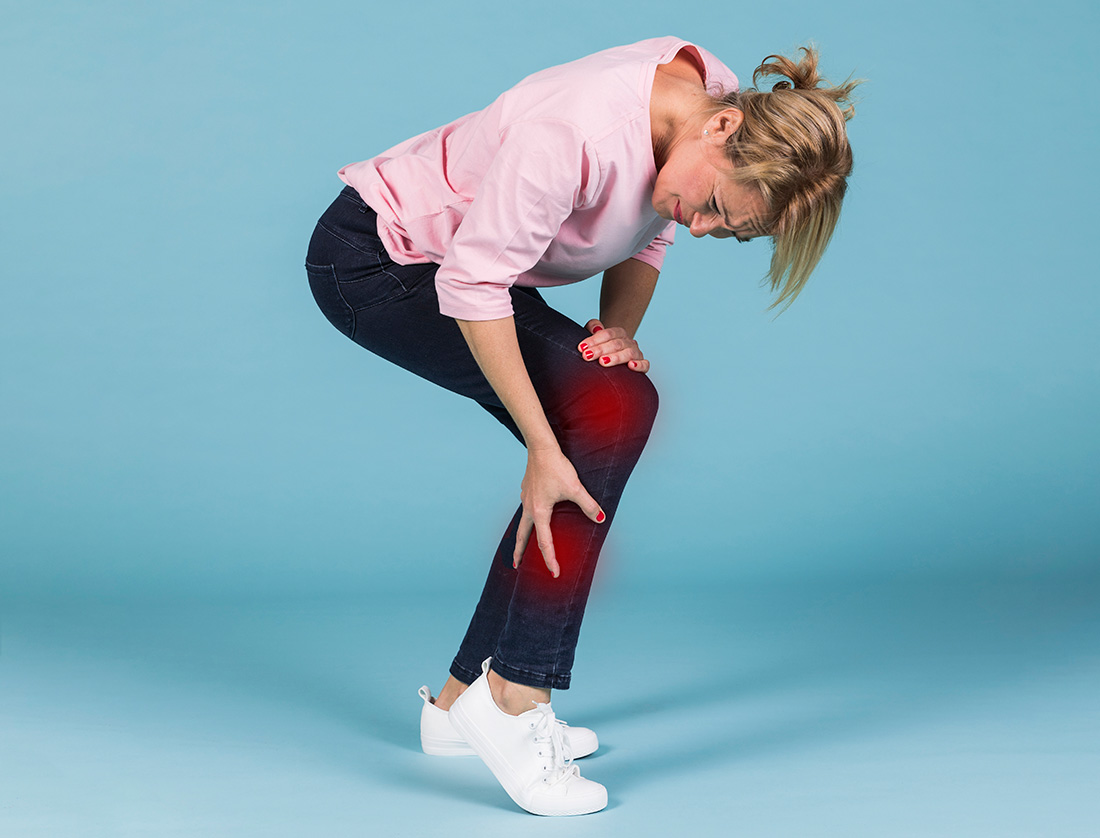Classification of Leg Pain and Lower Extremity Strains
Acute leg pain needs to be seen and evaluated by health care personnel urgently and can have profound effect on morbidity and mortality. Conditions that have persisted for more than few months are termed chronic.

Leg pain is one of the most frequently occurring challenges particularly with the seniors. The pain along with the lower extremity strains can be primarily classified into acute and chronic.
Causes of Chronic leg pain
Conditions that have persisted for more than few months are termed chronic.
- Arthritis of the joints that – hip, knee, ankle or toe joins can contribute to pain in that area.
- Referred Pain: arthritis in the lower back region from the lumbar and sacral vertebra. Pain is classically referred to the entire lower extremity, described as tingling and numbness, worsened in certain positions. “Sciatica” in common parlance.
- Peripheral Arterial Disease (PAD). Pain occurs with walking, decreases with rest and recurs at the same walking distance for example pain starts at 100 yards of walking always – medically termed as claudication distance. Factors that result in PAD are usually diabetes mellitus, long history of tobacco use, advancing age and high cholesterol.
- Venous diseases of the legs, namely varicose veins. Areas around the ankles are extremely painful. Legs are swollen, feel heavy and arepainful. People with varicose veins are generally advanced in age, female gender, women who have had prior deliveries, people whose occupation entails prolonged standing.
- Metabolic conditions such as arthritis from gout. Pain is usually in the smaller joints of the extremities, such as great toe.
- Osteoarthritis, resulting from wear in tear. More common in larger joints or load bearing joints such as hip, knee and ankle.
- Inflammation of the joint spaces (synovitis or tenosynovitis)
- Some medications like statins, commonly used for high cholesterol and after heart attack, give rise to muscle tenderness. Although the overall incidence is less than 1%. Patients and physician need to be vigilant especially when new medications are initiated.
- Collagen vascular disorders. Tissues, blood vessels and muscles are inflamed because of autoantibodies (antibodies produced by the body against itself).
Consult a Physical Fitness Expert Today
Causes of Acute Leg pain
Acute leg pain needs to be seen in evaluated by health care personnel urgently or emergently and can have profound effect on morbidity and mortality.
- Acute venous thrombosis (blood clots in the veins): Usually occurs after surgery or prolonged period of immobility. Legs are swollen and painful around the calf area. This needs to be evaluated emergently by medical experts. Pulmonary embolism (blood clot migrating to the lungs) is a potentially fatal complication of the condition.
- Trauma. Resulting in fracture, dislocation, bruising, strain or sprain.
- Infection of the joints. Occurs sporadically, after a procedure or as a result of bacteria seeding to a joint(s) from an implanted medical device. This requires immediate evaluation for possible surgical and antimicrobial treatment options.
- Control blood pressure
Also Read: Delay in Seeking Healthcare Leads to Dire Consequences
Diagnostic Tests
The tests ordered depends on the cause of the pain.
- Arterial disease. Pressure measurements in arms and legs (Ankle Brachial Index or ABI) and ultrasound of the blood vessels of the legs.
- Venous diseases require venous ultrasound to check for venous clots or varicose veins.
- Arthritis of the lumbosacral (low back) – Nerve conduction studies, x-rays, CT scan and/or MRI of the lower back.
- Pain from medication – Enzyme assays with blood test are performed to confirm muscle damage.
- Collagen vascular disorders – Muscle biopsy, blood vessel biopsy and blood tests like Rheumatoid factor, Erythrocyte sedimentation rate and various other rheumatological tests may pinpoint the precise cause of the disease process.
- 6. Infections processes are associated with fever, pain of the joint and sweating. Aspiration of the local joint along with blood counts and imaging.
- 7. Patients with trauma usually undergo imaging to evaluate the extent of injury.
Also Read: Telemedicine and Remote Doctor Visit
Schedule a Diagnostic Test Now
Treatment of Leg Pain and Strains
Treatment depends on the cause of the pain.
- It can range from diagnostic angiography, endovascular intervention in a case of peripheral arterial disease with devices ranging from plain balloons, drug eluting balloons, drug eluting stents, atherectomy devices and limb salvage surgeries.
- 2. Varicose veins are treated by Venous Ablation – an outpatient procedure.
- 3. Deep venous thrombosis usually entails anticoagulation therapy and sometimes inferior vena cava filter placement to prevent clot from migrating to the pulmonary vasculature resulting in pulmonary embolism.
- 4. Infected joints are treated with antibiotics, aspiration of the joint, surgical lavage including possible removal of the cause of infection (if there is a medically implanted device).
- 5. Lower back pain arthritis. Treated with spinal fusion or disc replacement surgeries.
- 6. Arthritis of the hips and knees is usually treated with hip or knee replacement surgeries.
- 7. Minor trauma resulting in strain and sprain are treated with acronym RICE and over the counter pain medications.
R – rest prevents further injury
I – ice for about 20-30 minutes at a time reduces inflammation and pain
C – compression with an elastic bandage not too tightly wrapped reduces swelling
E – elevation above the heart helps reduce swelling by gravity
Beyond surgeries; physical therapy, continued mobility, prevention of the repeated trauma and healthy lifestyle goes a long way in maintaining health and preventing disease.




